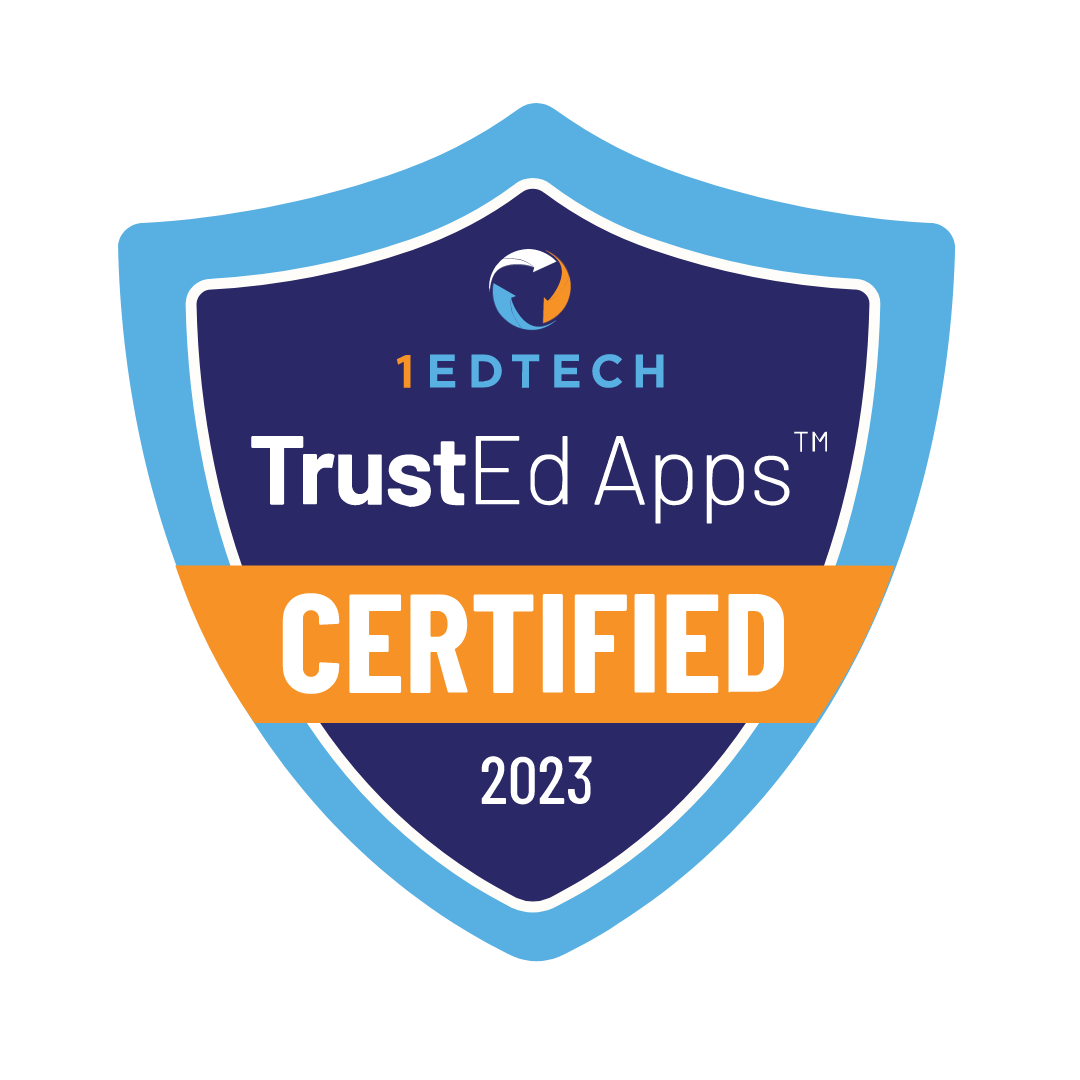The content of the publication
Choosing the best educational path for your child is no small feat. The decision is further complicated by the array of options available today, two of which are online schooling and homeschooling. Both options provide unique benefits and have their own set of challenges. So, how do you decide between online school and homeschooling? Let’s dive in and dissect the two to help you make an informed choice.
Understanding Online School
Online schooling, often referred to as e-learning or distance education, is a modern approach to education that leverages the power of the internet and digital tools to deliver educational content. Unlike traditional brick-and-mortar schools where students and teachers interact in physical classrooms, online schools operate primarily through virtual platforms.
Key Features of Online School
-
Virtual Learning Environment: At the heart of online schooling is the virtual learning environment. This is a digital platform where students access their lessons, assignments, and other educational resources. It can be accessed from anywhere, provided there’s an internet connection.
-
Interactive Lessons: Online schools utilize multimedia content like videos, animations, and interactive simulations to make lessons engaging and comprehensive. This dynamic content can often be revisited by students as many times as they wish, ensuring they grasp the concepts thoroughly.
-
Certified Teachers: Even though the medium is digital, online schools often employ certified teachers to curate and deliver the content. These teachers are available to assist students, answer questions, and provide feedback, much like in a traditional school setting.
-
Assessments and Feedback: Online schools have mechanisms for regular assessments. These can be in the form of quizzes, assignments, or projects. Feedback is provided promptly, helping students understand their areas of improvement.
Benefits and Challenges of Online School
Benefits:
-
Flexibility: One of the most significant advantages of online schooling is flexibility. Students can choose when and where they want to study. This is especially beneficial for those who might have other commitments or prefer studying at specific times.
-
Diverse Course Offerings: Online schools often boast a wide range of courses. From basic subjects to advanced and specialized courses, students have the opportunity to explore various fields of study.
-
Personalized Learning: Online platforms often allow for personalized learning paths. Students can progress at their own pace, spending more time on topics they find challenging and moving quickly through topics they grasp easily.
Challenges:
-
Lack of Face-to-Face Interaction: One of the primary challenges of online schooling is the absence of direct, face-to-face interaction. This can sometimes lead to feelings of isolation or disconnection from peers and instructors.
-
Self-Discipline and Motivation: Online schooling requires a significant amount of self-discipline. Without the structured environment of a physical classroom, students need to be proactive and motivated to keep up with their studies.
-
Technical Issues: As with any digital platform, there can be technical glitches or issues. Students need to have a reliable internet connection and be somewhat tech-savvy to navigate and troubleshoot minor problems.
Understanding Homeschooling
Homeschooling, also known as home education, is an alternative approach to traditional schooling where the education of children is conducted at home or in various community settings. Instead of sending children to public or private schools, parents or guardians take the lead in their child’s education, tailoring the learning experience to the child’s needs, interests, and pace.
Key Features of Homeschooling
-
Parent-Led Education: In homeschooling, parents or guardians act as the primary educators. They are responsible for curating or selecting the curriculum, teaching lessons, and assessing their child’s progress.
-
Customized Curriculum: One of the hallmarks of homeschooling is the ability to customize the curriculum. Parents can choose subjects and materials that align with their child’s interests, strengths, and learning style.
-
Flexible Learning Environment: While much of the learning in homeschooling happens at home, it’s not confined to it. Homeschooled children often take lessons in parks, museums, community centers, and other educational settings.
-
Personalized Pace: Homeschooling allows children to progress at their own pace. If a child excels in a particular subject, they can move ahead quickly. Conversely, if they struggle with a topic, they can spend more time on it without feeling pressured.
Benefits and Challenges of Homeschooling
Benefits:
-
Customized Learning: Homeschooling offers a personalized learning experience. Parents can adapt the curriculum to suit their child’s unique needs, ensuring a more effective and enjoyable learning process.
-
Flexibility: Homeschooling provides unparalleled flexibility. Families can set their schedules, take breaks when needed, and even incorporate travel into the learning experience.
-
Strong Parent-Child Bonding: Homeschooling fosters close bonding between parents and children. The shared learning experiences can strengthen their relationship and enhance mutual understanding.
Challenges:
-
Time Commitment: Homeschooling requires a significant time investment from parents. They need to plan lessons, teach, assess, and continuously update their teaching methods and materials.
-
Confidence and Competence: Not all parents feel confident or competent to teach every subject, especially as children reach higher grade levels. This can necessitate external tutors or resources.
-
Limited Social Interaction: One of the concerns often raised about homeschooling is the potential for limited social interaction. Without daily interactions with peers in a school setting, homeschooled children might miss out on certain social experiences. However, many homeschooling families mitigate this by participating in community groups, sports, and other extracurricular activities.
Comparing Online School and Homeschooling
In the realm of alternative education, both online schooling and homeschooling have emerged as popular choices for many families. While they share some similarities, they also have distinct differences that cater to different needs and preferences. Here’s a detailed comparison:
Curriculum
-
Online Schools: These institutions typically adhere to a standardized curriculum. This means that the content, pacing, and assessment methods are consistent, often mirroring those of traditional schools. The curriculum is designed by educational experts and is delivered through digital platforms, ensuring that students receive a comprehensive education that meets specific standards.
-
Homeschooling: One of the standout features of homeschooling is the ability to tailor the curriculum to the individual child. Parents can choose subjects, resources, and teaching methods that align with their child’s interests, strengths, and learning pace. This customization can lead to a more engaged and motivated learner.
Flexibility
-
Online Schools: While online schools offer flexibility in terms of when and where students can access their lessons, they might still have set times for live classes, assessments, or group projects. This structure provides a balance between flexibility and routine.
-
Homeschooling: Homeschooling takes flexibility to the next level. Parents have the autonomy to decide the daily schedule, the duration of lessons, and even the academic calendar. If a family wants to take a mid-week break or study during unconventional hours, they have the freedom to do so.
Socialization
-
Online Schools: Online schools often incorporate virtual classrooms where students can interact with their peers and teachers in real-time. Additionally, many online schools organize virtual events, group projects, and online clubs, providing students with opportunities to socialize and collaborate in a digital environment.
-
Homeschooling: While there’s a misconception that homeschooled children lack socialization, many families actively seek out real-world social interactions. This can be through community classes, sports teams, local homeschooling groups, and field trips. The social experiences might be different but can be just as enriching.

Parental Involvement
-
Online Schools: In an online school setting, certified teachers take the lead in delivering lessons, providing feedback, and assessing student performance. While parents are encouraged to be involved and support their child’s learning, the level of involvement is generally less compared to homeschooling.
-
Homeschooling: Homeschooling is synonymous with high parental involvement. Parents act as the primary educators, responsible for not just teaching but also planning, assessing, and continuously adapting the learning experience. It’s a hands-on approach that requires dedication, patience, and a commitment to the child’s educational journey.
Making the Decision: Factors to Consider
Child’s Learning Style
Some children thrive in a structured environment, making online school a better fit, while others may prefer the freedom to explore topics of interest, making homeschooling a more suitable choice.
Family Lifestyle
Your family’s schedule, commitments, and lifestyle can significantly impact the choice. If parents have the time and resources to invest in homeschooling, it can be a rewarding choice. On the other hand, families needing a more structured schedule might opt for online schooling.
Resources and Support
Online schools often provide resources like textbooks, lesson plans, and access to certified teachers. On the other hand, homeschooling requires parents to gather resources and create or find curriculum plans.
Conclusion
There is no one-size-fits-all answer to whether online schooling or homeschooling is better for K-12 education. Each has its merits and challenges. The choice largely depends on the child’s learning style, family lifestyle, and available resources and support. It’s essential to assess these factors and make an informed decision that best suits the needs and goals of your child and family.








